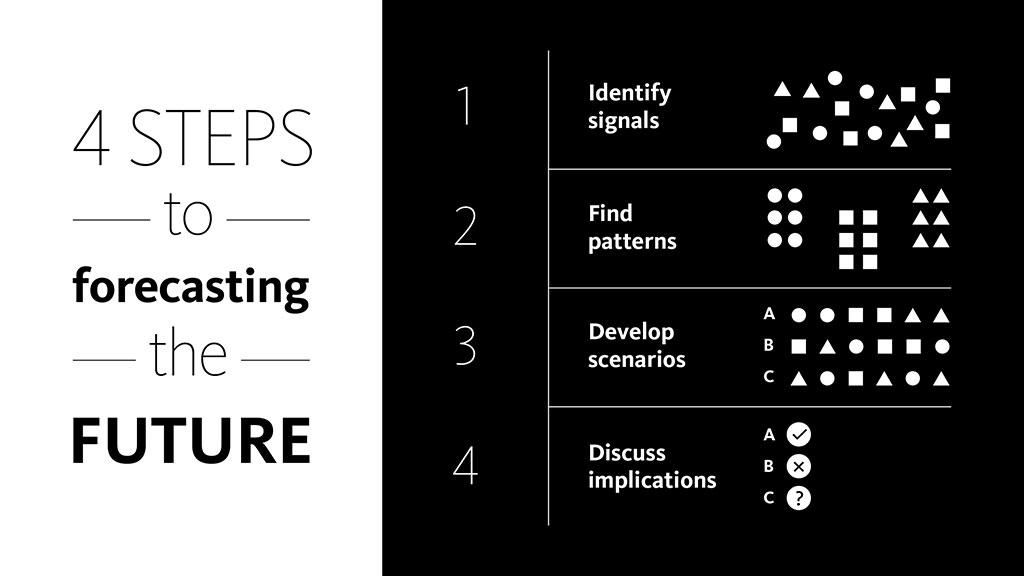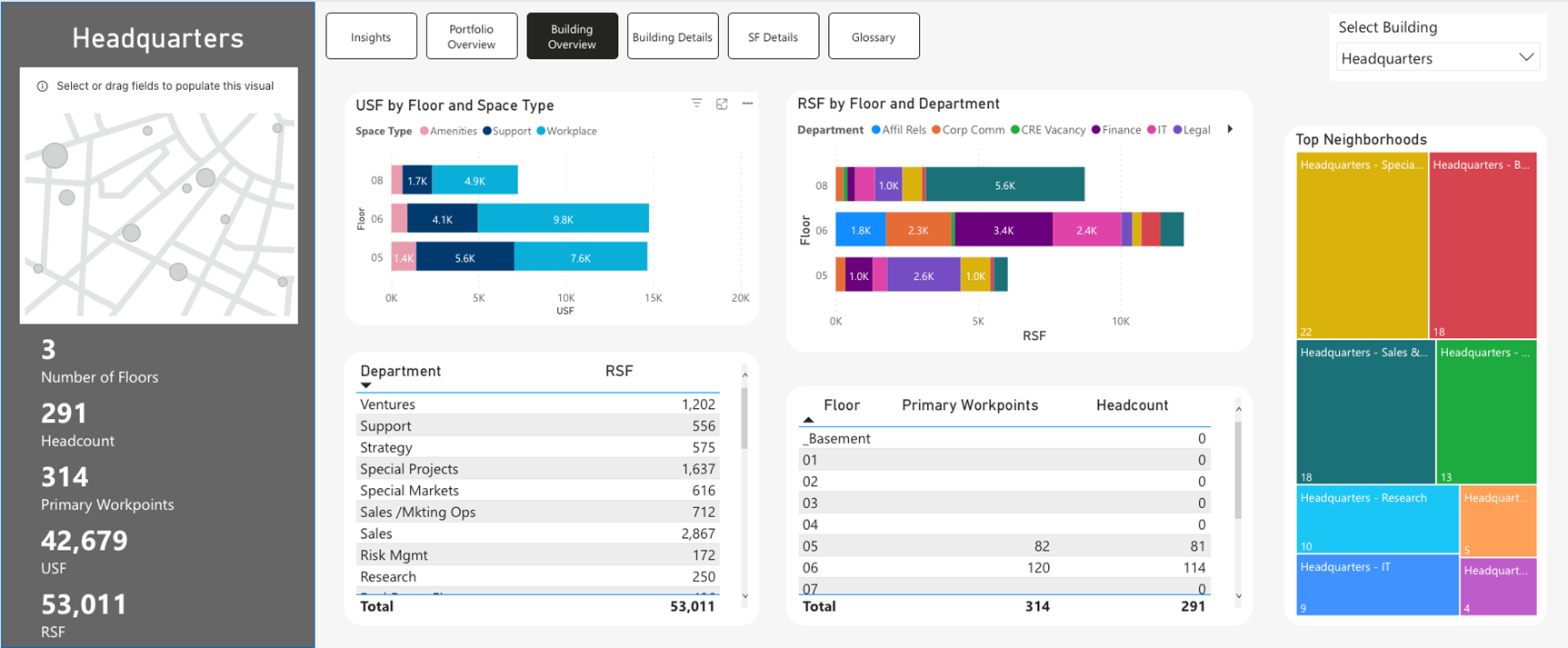The pandemic transformed work, making it more digital, distributed, and diverse within and across industries. It highlighted how managing a corporate real estate portfolio is a long-term game — one that requires decisions about an unknown future that includes different people, doing different things, functioning outside of traditional teams, with different technologies, across different locations, and behaving more differently than ever before.
To obtain this long-term strategy, we’re currently faced with fundamental questions about the role of the traditional workplace: What behaviors must the workplace support in this new, ever-changing paradigm? Given workforce expectations and volatility, how should we measure performance, and what metrics should we use to guide investment in real estate?
To respond to these questions, PropTech investments have exploded in recent years with technologies promising to yield the necessary data to drive decisions about the future of the workplace. Yet, 70% of CRE leaders are reporting they don’t have the data to make critical real estate decisions for the long-term, according to CoreNet Global Applied Research Survey by CNG and EY, November 2022; in part because a high-resolution picture of yesterday’s utilization or occupancy trends doesn’t address changing requirements from different people, activities, technologies, and behaviors. Executives need the ability to capitalize on key data sources to paint a better picture of the desired outcome and expected performance to meet delivery in the future. They need a future-focused lens looking at scenarios one, three, and five years out, each having decade-long consequences.
Building robust future scenarios depends on many things not in the historical data, and analytics that can extrapolate based on existing data informed by future goals, plans, and expectations. That is the power of predictive analytics and simulation.
Optimize Your Workplace Planning
Four Steps to Optimal Analytics
Predictive analytics closes on the data-decision gap by building on the data you have and simulating the data you don’t. But to do this properly, companies need to take steps to ensure success.
Step One: Set a clear strategic goal to guide your planning and decision-making.
Effective planning in an uncertain world should consider multiple scenarios for success and identifying the critical factors that must be in place for that success to happen. You need an overall strategic goal, whether cost-cutting, digital transformation, optimizing for hybrid behaviors, or a restructured workforce, to identify the parameters that matter.

The goal sets the terms for aligning attendance, occupancy, experience, growth, policy, space planning, or programming with the shared business purpose. The vision will prioritize measuring progress and the metrics that will matter for decision-making.
Step Two: Standardize and normalize your data.
Predictive analytics critically depend on the quality, consistency, and availability of the data necessary for analytics and metrics. While you don’t need all your data for predictive modeling, at the minimum, you need high quality workforce planning and experience data (roster, workstyles, growth, roles), consistent space and space-type data (standards, department assignment, role-seat assignment, etc.), and behavior data (badging, occupancy, utilization). Integrating and normalizing the right base data creates efficiency and enables the team to easily track workplace ratios and metrics as they evolve and monitor them against the future predictive scenarios.

Establishing dynamic monitoring provides insights for proactive recalibrations of models, scenarios, and plan execution. Normalized data drives down the costs of ongoing analytics, making it more powerful and repeatable.
Step Three: Use predictive models to optimize decision-making.
Predictive models simulate the type of demand people are likely to have for space based on business goals and critical parameters like headcount growth, show-up rates, policy, workstyles, seat types, etc. It gives you the statistical likelihood of future scenarios, such as who will likely be on-site, and what kinds of space and policy would you need to accommodate them. It can also model scenarios for the policies and behaviors you need to accommodate people in your existing space.
In an era of increasing change and uncertainty, predictive models are a powerful tool for effective real estate and workplace management. Using these computational analyses to simulate potential futures and what-if scenarios, executives can identify the impact of choices and trade-offs to better achieve KPIs. This brings clarity, focus, and alignment around decisions that are likely to drive toward the desired future. As new data becomes available, the model can be updated to provide insights about how the organization is meeting its goals.
Step Four: Integrate predictive analytics into portfolio lifecycle planning.
Constant change demands ongoing attention to workplace portfolio performance, progress, and adaptation. Making predictive analytics an integral part of the performance analytics of the workplace enable real estate teams to track their day-to-day performance data (occupancy, utilization) against the established performance goals and target scenarios for sharing ratios, team dynamics, or experience scores.
Because today’s real estate solutions need to be more holistic, considering technology, HR policy, facility operations, workforce planning, team behavior, design, and employee preferences and experiences all at once, executives need much more powerful analytics to make the right trade-offs and investments. With advances in AI, computation, and technology, it is now possible to navigate this complexity more simply and consistently, managing real estate proactively, not reactively. With more dynamic monitoring of past performance, performance trends, and future goals all at once, lifecycle-oriented analytics empower the team to pull the right levers to calibrate the office for success — activating a virtuous cycle of continuous improvement and delivering the performance indicators you need for day-to-day operations, long-range planning, or the C-suite.


